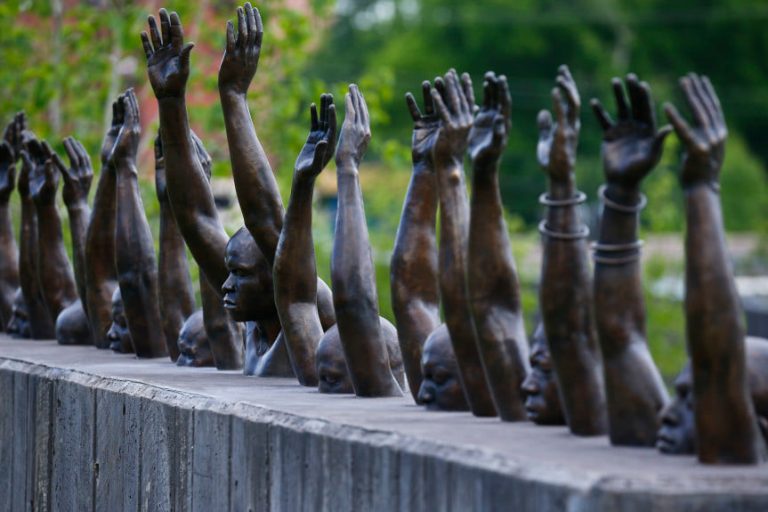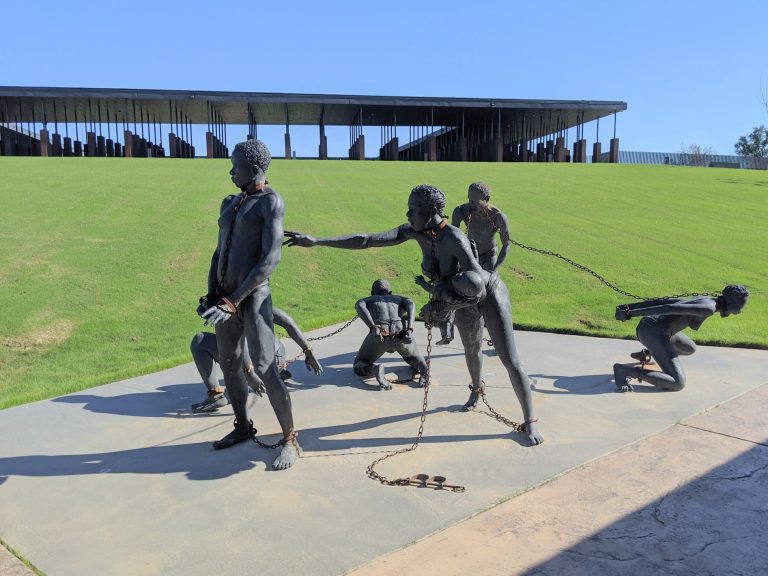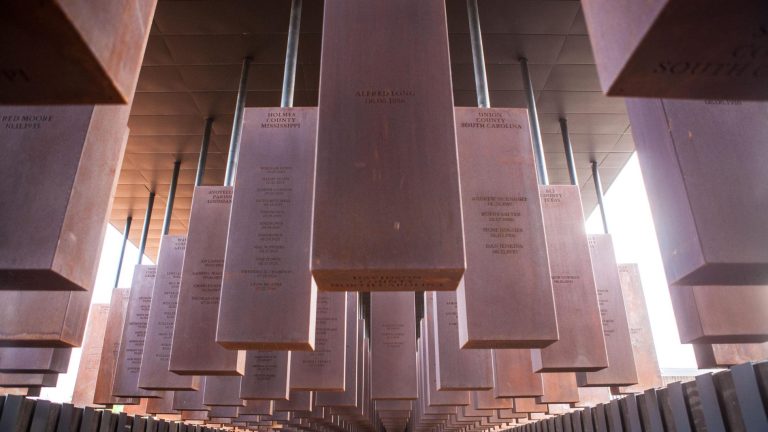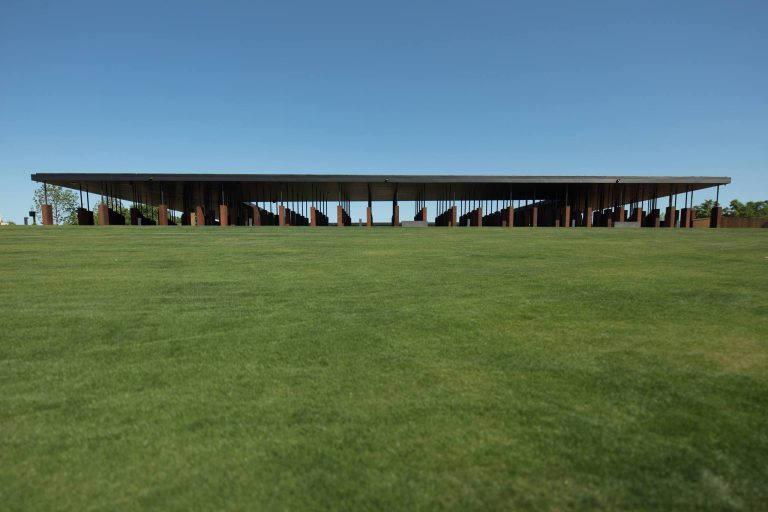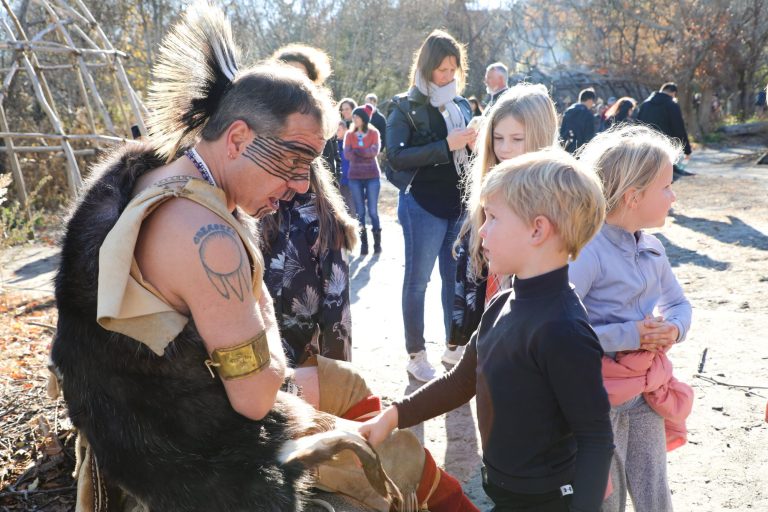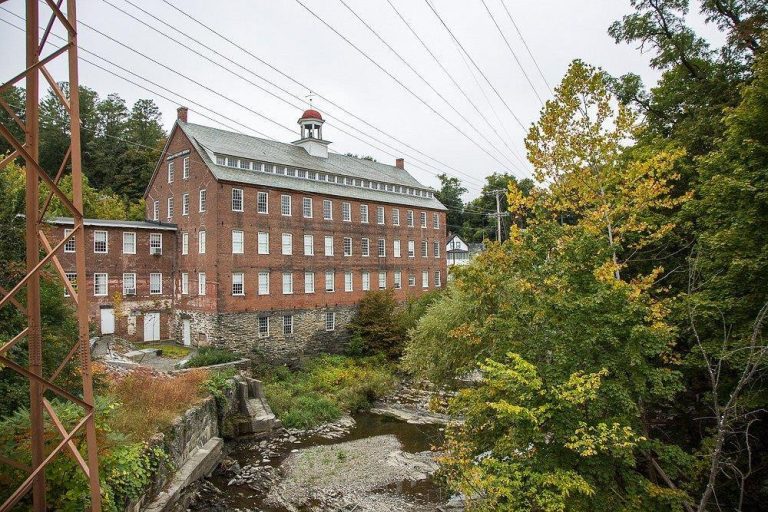Opened to the public in 2018, the National Memorial for Peace and Justice, located in Montgomery, Alabama, is the nation’s first memorial dedicated to addressing the legacy of slavery, racial terror, segregation, and mass incarceration. Spanning six acres, the monument serves as a powerful space for reflection on America’s history of racial inequality and the lives lost to racial violence. Designed by the Equal Justice Initiative (EJI), the memorial highlights the stories of over 4,400 Black Americans who were lynched between 1877 and 1950.
The memorial’s structure is visually striking, featuring over 800 steel monuments—each representing a U.S. county where lynchings occurred. Visitors walk through suspended columns, symbolizing the victims who were lynched, with some beams seemingly floating above, evoking the experience of being beneath hanging bodies. An adjacent display invites counties to claim replica monuments and place them locally, encouraging communities to confront their own histories of racial violence. Schools and universities can participate in this process, extending the learning experience beyond the field trip.
The memorial offers significant educational opportunities for student groups. Schools and universities are encouraged to take students on field trips that provide a unique and enriching engagement with topics such as slavery, Jim Crow laws, racial terror, and the continuing struggle for civil rights. The Equal Justice Initiative offers accompanying lesson plans, discussion guides, and other resources that align with field trips to the memorial, promoting dialogue around justice and equality.
Nearby, the Legacy Museum: From Enslavement to Mass Incarceration complements the experience. The museum offers immersive exhibits that trace the evolution of racial oppression from slavery through the criminal justice system. Together, these sites play a crucial role in promoting dialogue and understanding, encouraging students to reflect critically on systemic injustice and inspire meaningful conversations about historical and contemporary civil rights issues.
A visit to the National Memorial for Peace and Justice offers students historical context and a call to action, emphasizing the importance of confronting racial injustice to build a more equitable future.


